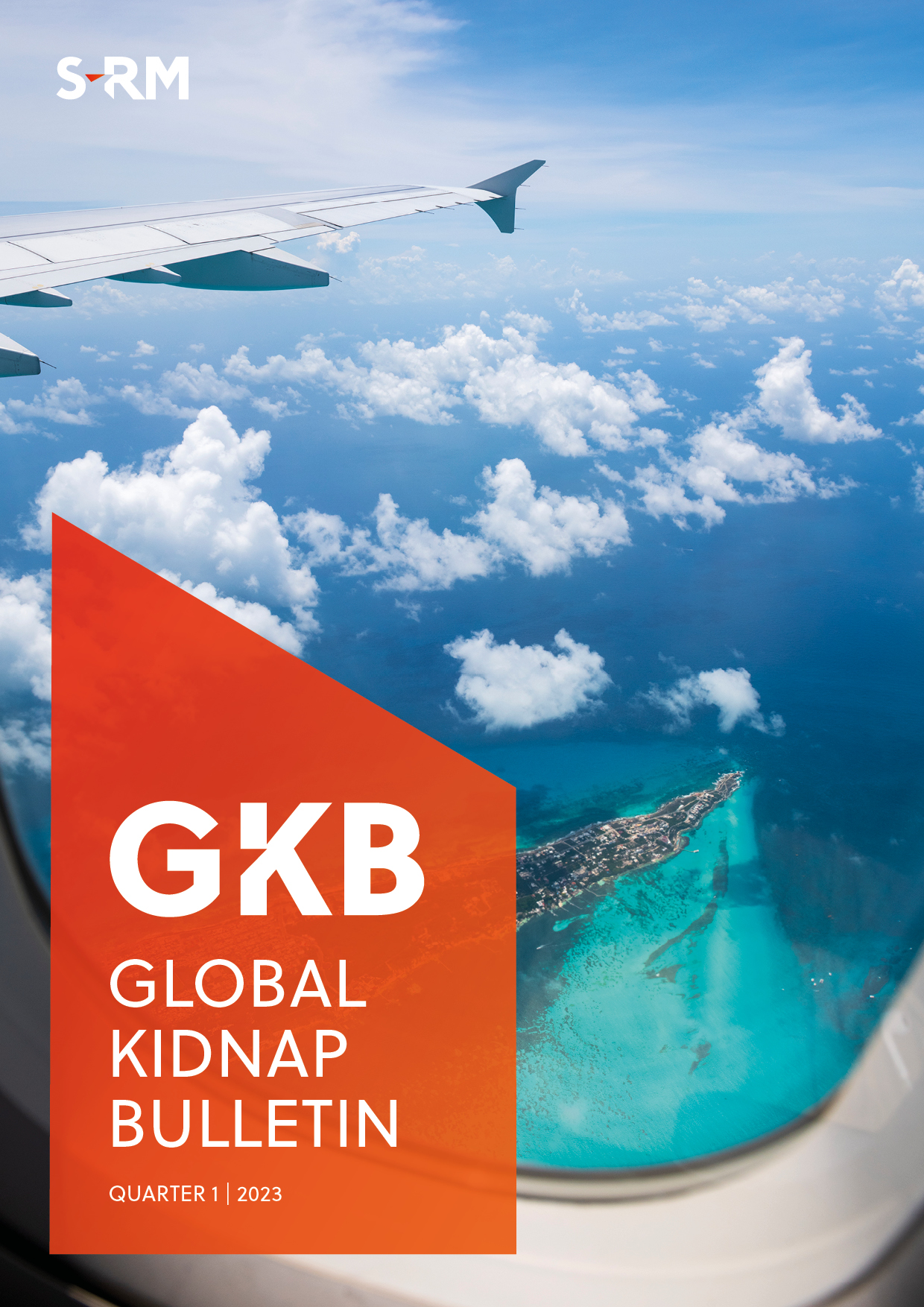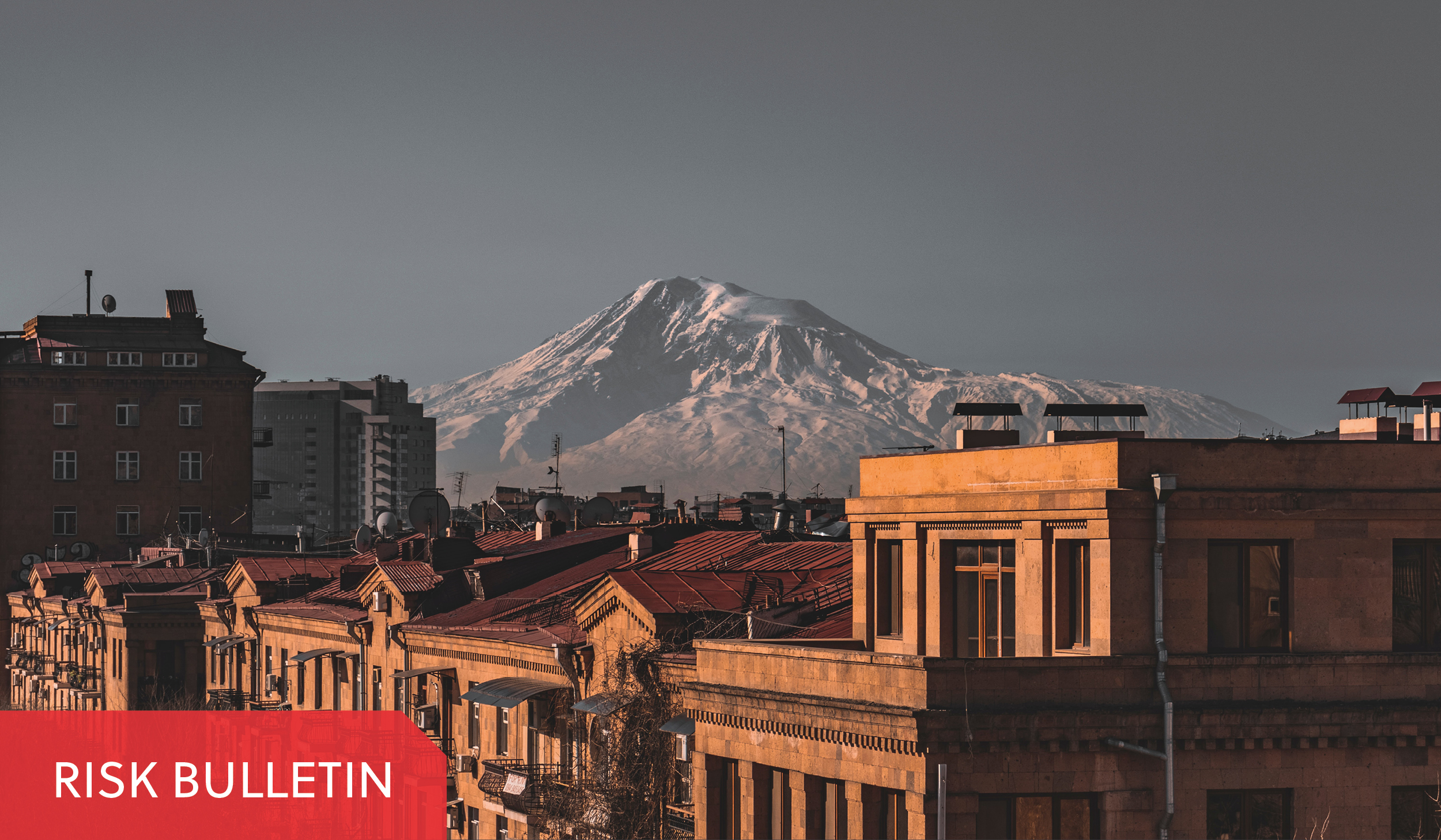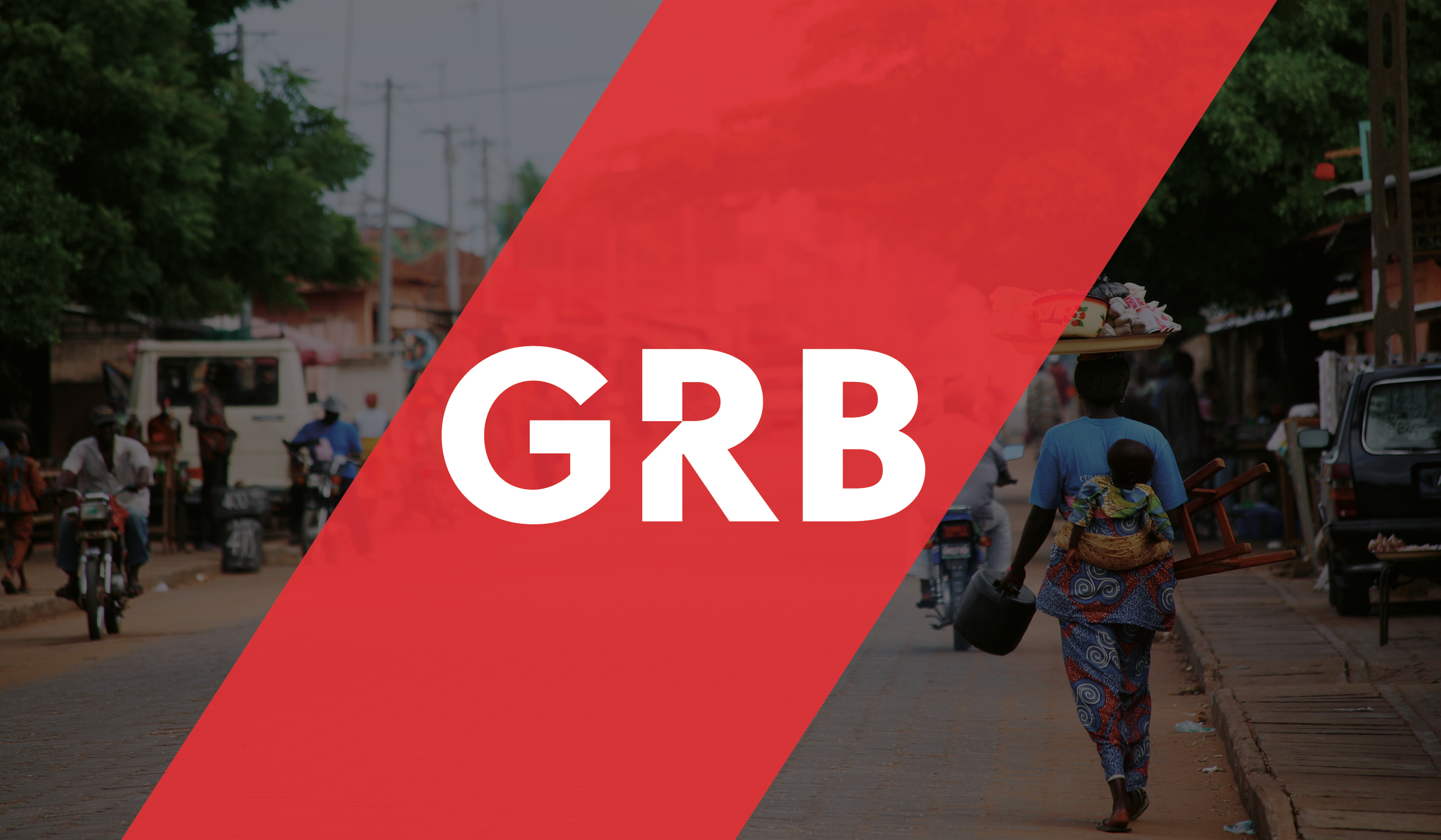With the recent attack on four US nationals in Tamaulipas attracting significant attention from the US government, media and public, concern over Mexico’s travel security environment is mounting.
Erin Drake considers the current threat landscape, and argues that some of the regional drivers are likely to sustain – and in some cases escalate – the danger to travellers in Mexico over the coming year.
Largely ignoring the US government’s ongoing warnings to its citizens to avoid or “reconsider travel” to several Mexican states due to threats of kidnapping and cartel violence, US tourism in Mexico continues to flourish, recording a 30.2 percent increase in 2022 compared to 2021. There was also a 16.9 percent increase in international visitors to Mexico in 2022. Occasionally, US and other nationals are caught in the crossfire of cartel clashes, or are scammed in virtual kidnappings. These types of incidents typically draw the international media spotlight for the victim’s nationality or the incident’s location – particularly when affecting holiday hotspots like the Maya Riviera along Mexico’s east coast.
Recently, that spotlight has focused on medical tourism along Mexico’s Northern Border area with the US. On 3 March, a faction of the Cártel del Golfo killed two US travellers in Matamoros, Tamaulipas State, a medical tourism hotspot. The victims were among a group of four tourists; one or two of them were planning to undergo a cosmetic surgery procedure in Matamoros. According to the FBI and Mexican authorities, the cartel had mistaken them for Haitian smugglers, and had opened fire on their vehicle, killing two. The assailants then forced the remaining victims into their pickup truck, although two surviving victims were rescued by authorities four days later. In a bout of apparent guilt - or perhaps an effort to divert US authorities’ attention from the wider cartel – the group turned in five men who were allegedly responsible for the killings.
An elevated threat to tourists?
Evidenced by this public relations effort, cartels do not typically target tourists or civilians in general. Deaths of US nationals are counterproductive, and heightened US scrutiny, which has involved Republican politicians' calls for military intervention against Mexican cartels, means increased disruptions to their activities. This incident alone - while high-profile - is not necessarily indicative of a change in cartels’ approach, or of an increased direct threat to US nationals or tourists in general.
It does, however, highlight the fact that travellers remain highly vulnerable to indiscriminate violent crime – particularly to fluctuations in criminal rivalries. Matamoros, controlled by the Clan del Golfo, and contested by various rival factions, recently experienced such an escalation in violence, prompting authorities to stage a large-scale security operation on 3 March. Sporadic reports of increased violence near tourist areas – which in many cases overlap with prominent transit points for trafficking – are often linked to a splintering of cartels, with breakaway factions looking to establish their own turf. Recent cases include a shoot-out between rival gangs near an upmarket resort in Playa del Carmen in January 2022, which killed two Canadian tourists, while in October 2021, a Californian travel blogger and a German tourist were killed in crossfire between rival drug dealers in Tulum.
Regional insecurity spills over
While there is little evidence that Haiti’s prominent gangs, like the notorious G9, maintain an operational presence in Mexico, authorities’ claims that the US nationals in Matamoros were mistaken for Haitian smugglers is a reminder that rivalries between local cartels are not the only drivers of organised crime and associated violence. Wider regional dynamics are increasingly contributing to instability and violence in Mexico, as gangs, smugglers and criminals from elsewhere move with migrants fleeing insecurity, poverty and violence in record numbers, particularly in Haiti and the Northern Triangle.
Haiti’s Collapse
Haiti’s security environment continues to worsen following the assassination of former president Jovenel MoÏse in 2021, driving mass migration in the region. Thousands of Haitian migrants (alongside those from El Salvador and Guatemala) now occupy northern border towns like Matamoros in the hopes of entering the US, often through illegal channels. Desperation has made migrants a lucrative commodity for cartels and ‘polleros’ (human smugglers), who respectively force them to be drug mules, or charge them exorbitant prices to get them across the border.
In addition to clashes between cartels and smaller drug gangs, rival cartels and polleros have increasingly clashed over migrant populations, suggesting the attack on four US nationals might indeed have been a case of mistaken identity. In December 2022, police rescued 42 migrants on a public transport bus in Ciudad Juárez, Chihuahua, after gunmen opened fire in an attempt to hijack the vehicle and take its occupants hostage. There are regular reports of cartels breaking into migrant safe houses under the assumption that the migrants are being held by other smugglers or a rival gang. Cartels’ distaste for polleros has sometimes manifested in assassinations. In October 2022, police discovered six dead smugglers with a cartel warning near Ciudad Juárez. Such cases, and the recent Matamoros incident, demonstrate the potential for travellers transiting between the US and Mexico to be mistaken for smugglers or migrants, and kidnapped or attacked.
Mexico: Tourism hotspots intersect with organised crime and violence

The Bukele Effect in the Northern Triangle
El Salvadoran President Nayib Bukele’s ongoing crackdown on gang activity has rapidly increased migration in Central America. This has simultaneously led to necessity and opportunity for Salvadoran and Guatamalan gangs, including Barrio 18 and Mara Salvatrucha (MS-13), to expand their already-established presence in Mexico. In 2022, the Salvadoran Minister of Justice and Security, Gustavo Villatoro, admitted that MS-13’s leadership (those not imprisoned) had fled to Mexico, while in February 2023, Mexican authorities arrested and extradited to the US three senior figures, responsible for coordinating the expansion of the MS-13 into Mexico.
These gangs - especially MS-13, which has had an established ‘Mexico Plan’ in place since around 2014 - have often allied with Mexican cartels, and have even coexisted with each other in Mexico despite vicious rivalries on their home turf. But as Mexican smuggling routes and distribution networks are flooded with more players, perhaps also seeking to escape Bukele’s crackdown and its regional economic and security consequences, current alliances could waver and shift. This could strain existing relationships or reignite old tensions, and drive increased violence as proliferating groups try to carve out their own market in Mexico. Clashes between unspecified Northern Triangle gangs and local Mexican groups are sometimes reported. In May 2021, for example, three armed men linked to a Salvadoran drug gang assassinated a rival in Barrio San Antonio Xahuento, Tultepec, approximately 25 km north of Mexico City, amid disputes over the control of drug sales in the area. As was the case in Matamoros, travellers can easily become indirect targets of such violence.
OutlookMexico’s resorts will remain attractive holiday destinations in the foreseeable future. The Riviera Maya, where resorts like Cancún, Tulum and Playa del Carmen are located, was the most visited place in the Mexican Caribbean in 2022, especially by US and Canadian tourists. Nearby, at least four major cartels fight over the strategic drug trafficking location. Meanwhile, medical tourism continues to grow along the US-Mexico border. From San Diego, California, one needs to drive only a few minutes to Tijuana, where a 33-storey medical facility opened in November 2022. Near the US border crossing in Nuevo Laredo, just north-west of Matamoros, several hotels and medical offices have emerged, catering to travellers seeking cheaper medical attention. Organised crime will remain a pervasive and defining characteristic of Mexico’s security environment for years to come. As Mexico battles its own cartels, increasing regional insecurity is adding fuel to fire as record levels of migration strain security resources, letting regional gangs blend with migrant communities to move members and operations more freely through the country. In this environment, the potential for increasing competition among a plethora of criminal groups, local and regional, could see security in Mexico’s trafficking corridors – many located in tourist centres – deteriorate even further. |



 Email Erin
Email Erin




 @SRMInform
@SRMInform
 S-RM
S-RM
 hello@s-rminform.com
hello@s-rminform.com

